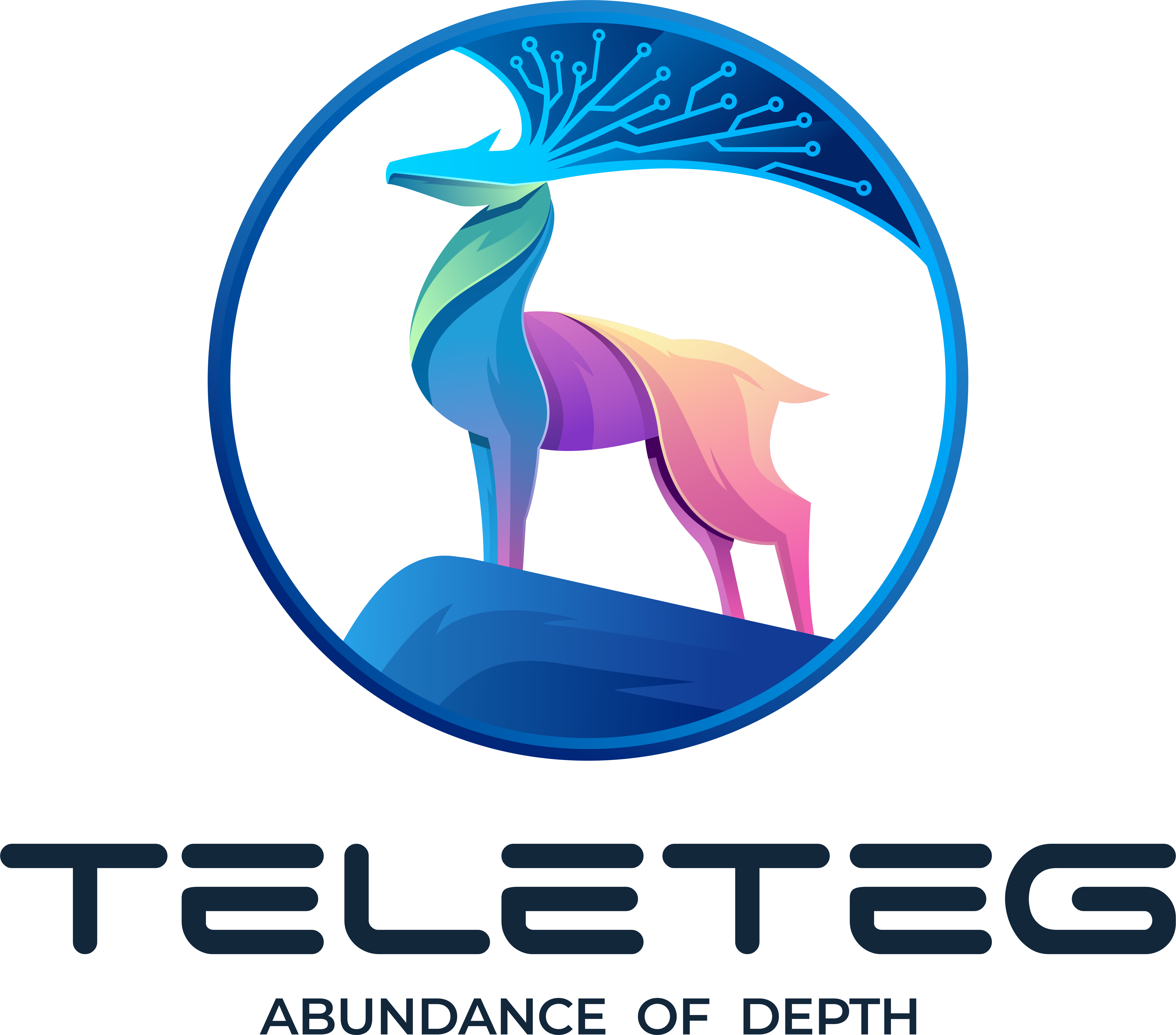There's a good deal of chatter, you know, about how people connect and share things online, especially when it comes to specific communities and their cultural expressions. It's really quite interesting to see how different groups use digital spaces, like Telegram, to gather and exchange ideas or content that matters to them. Sometimes, these online hubs become places where a culture's unique sounds, stories, or just everyday conversations find a wider audience, almost bringing people closer together even across vast distances.
You see, these digital gathering spots, like certain channels you might find on Telegram, often reflect a community's interests. For instance, there are channels focused on Somali content, and you might come across mentions of things like "Wasmo Somali channel" or "niiko somali official" with quite a few people subscribed, which just goes to show how popular these shared spaces can be. It's a way for folks to stay in touch with their heritage, or perhaps to simply enjoy content that resonates with their background, and that's actually a pretty common thing in our connected world.
It's worth considering, too, how language plays a part in all this, and how words themselves can have different layers of meaning depending on how they're used. When we talk about something like the Somali word "wasmo," for example, it's pretty clear that its meaning can be looked up, like in a dictionary, which offers a definition, how it's used, and where it came from, you know, its history. But then, there's also how it gets used in broader online conversations, sometimes even in ways that hint at a cultural reach that goes beyond just one simple definition, which is quite fascinating.
Table of Contents
- What Are These Somali Telegram Spaces All About?
- How Do Digital Platforms Help Share Somali Culture?
- Exploring the Reach of Wasmo Somali Content
- The Language of Connection and Wasmo
- What Makes a Telegram Channel Popular for Somali Audiences?
- How Do Online Communities Preserve Cultural Expressions?
- The Role of Digital Spaces in Cultural Exchange
- Understanding the Evolution of Online Somali Content
What Are These Somali Telegram Spaces All About?
When you look at the way people communicate and share information these days, it's pretty clear that messaging applications like Telegram have become a big part of that. These apps allow for the creation of channels, which are like broadcast lists where anyone can join and receive updates or content from the channel's administrators. So, when we talk about "Somali Telegram" spaces, we're really talking about these kinds of channels or groups that cater specifically to people interested in Somali language, culture, or various topics relevant to the Somali community. It's a way for folks to find others who share their interests, which is actually a very human need, isn't it?
Some of these channels might focus on news, while others might be about music, poetry, or even just general discussions. It's a bit like a community bulletin board, but one that's available to anyone with an internet connection, you know? You might see a "Somali wasmo channel" mentioned, for instance, which suggests a channel where specific types of content, perhaps related to entertainment or personal expression, are shared among subscribers. The fact that channels can attract thousands of subscribers, like the one with 44.2k subscribers mentioned, just shows how much people value these online connections and the content they find there, so it's a significant part of how communities interact online.
These digital communities, in a way, serve as virtual gathering places. They allow people to feel connected to a broader group, especially those who might be living far from their homeland or from a large Somali community. It’s a way to keep up with cultural happenings, share jokes, or simply feel a sense of belonging. The accessibility of Telegram makes it very easy for these channels to form and grow, which is quite remarkable when you think about it.
How Do Digital Platforms Help Share Somali Culture?
Digital platforms, and Telegram is certainly one of them, have really changed how cultures get shared and appreciated around the world. Think about it: before the internet, if you wanted to experience Somali music or hear Somali stories, you'd probably need to be in Somalia or in a community with a large Somali population. Now, with just a few taps on a screen, you can access a wealth of cultural material. It’s almost like bringing the world to your living room, which is a big deal, really.
The idea that something like "Wasmo Somali" could become a "global ambassador for Somali music and culture" is a pretty powerful concept. It suggests that content originating from a specific cultural context can travel far beyond its original borders, introducing new audiences to sounds and rhythms they might not have heard otherwise. This kind of cultural exchange is pretty cool, as it helps people learn about different parts of the world and appreciate the richness of human expression. It’s a bit like having a cultural exchange program running all the time, you know, for everyone to enjoy.
These platforms also help preserve cultural elements. Traditional songs, poems, or even unique ways of speaking can be recorded, uploaded, and shared, ensuring that they remain accessible for future generations. It’s a living archive, in a way, constantly being added to by community members themselves. This means that even if people move to different countries, they can still stay connected to their roots and share their heritage with others, which is very important for cultural continuity.
Exploring the Reach of Wasmo Somali Content
The reach of content shared on platforms like Telegram, especially when it's tied to a specific culture, can be truly surprising. You see, when a "Somali wasmo channel" or similar community forms, it doesn't just stay within a small circle. These channels can attract followers from all over, drawing in people who are curious about Somali culture, those who speak the language, or even just individuals looking for specific kinds of entertainment. It's a bit like a ripple effect, you know, spreading out further than you might expect.
The idea that "Wasmo Somali’s influence extends far beyond the borders of Somalia" points to this global spread. It’s not just about people in one place consuming content; it's about a broader cultural impact. This kind of digital dissemination helps to put Somali culture on the map for many who might not have encountered it otherwise. It’s pretty neat how a simple online channel can act as a bridge between different parts of the world, fostering a greater appreciation for diversity, which is something we could all use a little more of, honestly.
This wide reach also means that different interpretations and uses of the content can emerge. What starts as a specific type of cultural expression can be seen and understood in various ways by a global audience. This dynamic interaction between content and audience helps shape how a culture is perceived and how its elements are adopted or appreciated in new contexts. It’s a constantly evolving conversation, you know, happening all the time online.
The Language of Connection and Wasmo
Language is, of course, at the very heart of how people connect, and when we talk about online communities like those on Telegram, the words used carry a lot of weight. The Somali word "wasmo," for instance, has a specific meaning, and it's interesting to note that resources like Wiktionary provide a full rundown of its definition, how it's used in different situations, and even its origins. This shows that words are not just sounds; they have a history and a cultural context, which is pretty cool to think about.
What's particularly interesting is how a word's meaning can sometimes shift or be interpreted differently depending on the context, especially in a digital space. The text mentions a "divergence between its traditional meaning and its" use, suggesting that how a word appears in a dictionary might not always capture its full range of uses in everyday conversation or online content. This kind of flexibility in language is actually quite common, you know, as words adapt to new ways of speaking and sharing.
For channels like "Wasmo Somali channel," the word itself might serve as a keyword, drawing in an audience interested in content related to that term, whatever their specific interpretation might be. It highlights how important it is to understand the nuances of language, especially when communicating across different cultural backgrounds. It's a reminder that words can be powerful tools for connection, but they also require a bit of thought about their various meanings, which is just good practice, really.
What Makes a Telegram Channel Popular for Somali Audiences?
There are a few things that tend to make a Telegram channel really take off, especially for a specific audience like Somali speakers. One big factor is the content itself. If a channel consistently shares things that are interesting, entertaining, or useful to its members, then people are much more likely to stick around and even invite their friends. For a "Somali wasmo channel," this might mean sharing specific types of videos or discussions that resonate with a particular segment of the audience, so that's a key part of it.
Another thing is how active and engaging the channel is. If there's a good flow of new material, and perhaps even opportunities for members to interact, it creates a sense of community. People like to feel like they're part of something, you know, where their interests are understood and shared. The sheer number of subscribers some of these channels have, like the "niiko somali official" one, shows that there's a strong demand for this kind of focused content and community interaction, which is quite telling.
Ease of access and the platform's features also play a role. Telegram is pretty user-friendly, and it allows for various types of media to be shared easily, from videos to audio clips. This makes it a really good place for sharing cultural expressions like music or dance, or even just quick updates. All these elements combined contribute to a channel's popularity, making it a go-to spot for its target audience, and that's just how these things work, isn't it?
How Do Online Communities Preserve Cultural Expressions?
Online communities, especially those built around shared language and heritage, play a pretty important role in keeping cultural expressions alive and well. Think about traditional songs, stories, or even unique ways of speaking. In the past, these things were passed down mostly by word of mouth or through live performances. Now, with platforms like Telegram, these cultural elements can be recorded and shared with a much wider audience, which is a very good thing, actually.
When a "Somali wasmo channel" or any other cultural group shares videos of "niiko somali" or other forms of traditional art, they're essentially creating a digital archive. This means that even if people are living far from their homeland, they can still access and enjoy these parts of their culture. It helps ensure that these expressions don't fade away, but instead continue to be appreciated by new generations, which is pretty vital for cultural survival, you know.
These communities also provide a space for people to discuss and interpret their culture. Members can share their own thoughts, add context to traditional pieces, or even create new works inspired by their heritage. This constant interaction and creation keeps the culture vibrant and dynamic, rather than just a static collection of old things. It’s a living, breathing cultural space, in a way, and that's something to be proud of.
The Role of Digital Spaces in Cultural Exchange
Digital spaces, like the various channels you find on Telegram, are pretty amazing for fostering cultural exchange. They break down geographical barriers, allowing people from different parts of the world to connect and share aspects of their heritage. When a "Somali wasmo channel" or any other culturally specific group shares content, it's not just for people who already know about that culture; it's also for anyone who might be curious to learn something new. It's a really open invitation, you know, to explore different ways of life.
This kind of exchange helps to build bridges between communities. When someone from a different background watches a "niiko somali official" video or listens to Somali music shared on a channel, they're getting a glimpse into another culture. This can lead to greater understanding and appreciation, which is always a good thing in our diverse world. It’s almost like a virtual cultural festival that's always on, offering something new to discover every day, which is pretty cool.
Moreover, these platforms allow for a two-way street of influence. While Somali culture might be shared outwards, the people creating and sharing content are also exposed to other cultures online. This can lead to new forms of artistic expression, where traditional elements blend with modern or international influences. It’s a dynamic process, where cultures interact and evolve, and that's just how things move forward, isn't it?
Understanding the Evolution of Online Somali Content
The way online content, especially for specific cultural groups, has changed over time is pretty remarkable. What might have started as simple text forums or static websites has now grown into dynamic, interactive spaces like Telegram channels. This evolution shows how communities adapt to new technologies to meet their needs for connection and sharing. The fact that a "Somali wasmo channel" can attract thousands of subscribers points to a significant shift in how content is consumed and distributed within the Somali diaspora and beyond, which is very interesting to observe.
Initially, perhaps, the focus was just on getting information out there, but now, there's a greater emphasis on rich media, like videos and audio, and on creating a sense of community. The mention of "niiko somali official" with a large subscriber count suggests that visual and auditory content, particularly related to cultural performances, is very popular. This shift reflects a broader trend in online behavior, where people prefer more engaging and immersive experiences, and that's just how things are going, really.
Furthermore, the way words themselves are used and interpreted in these online spaces also evolves. As mentioned, there can be a "divergence" in meaning, where a word like "wasmo" might take on different connotations or be associated with various types of content depending on the specific channel or community. This ongoing adaptation of language and content formats means that online Somali spaces are constantly growing and changing, reflecting the living, breathing nature of culture itself, which is quite fascinating to watch unfold.


